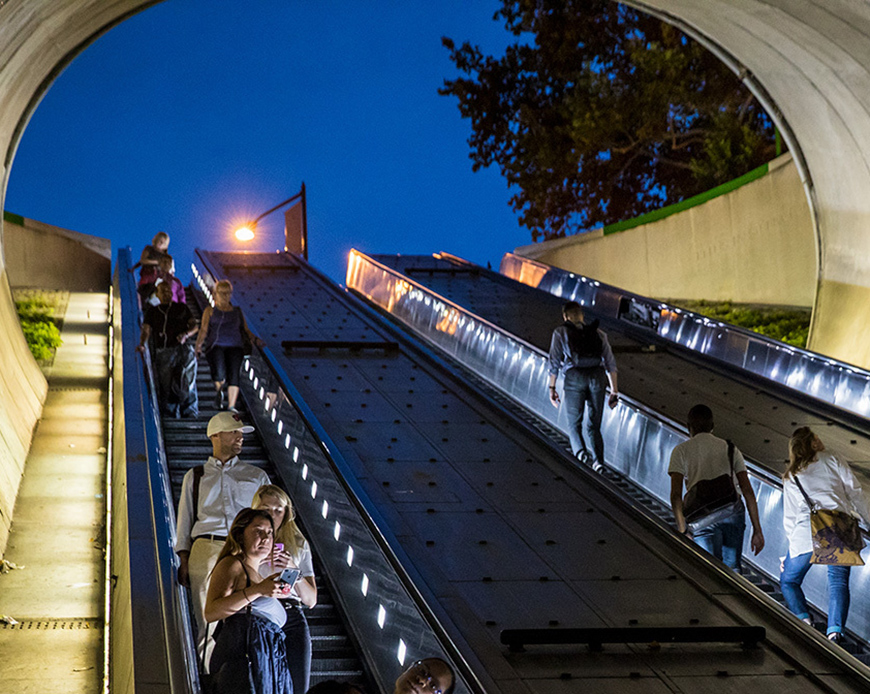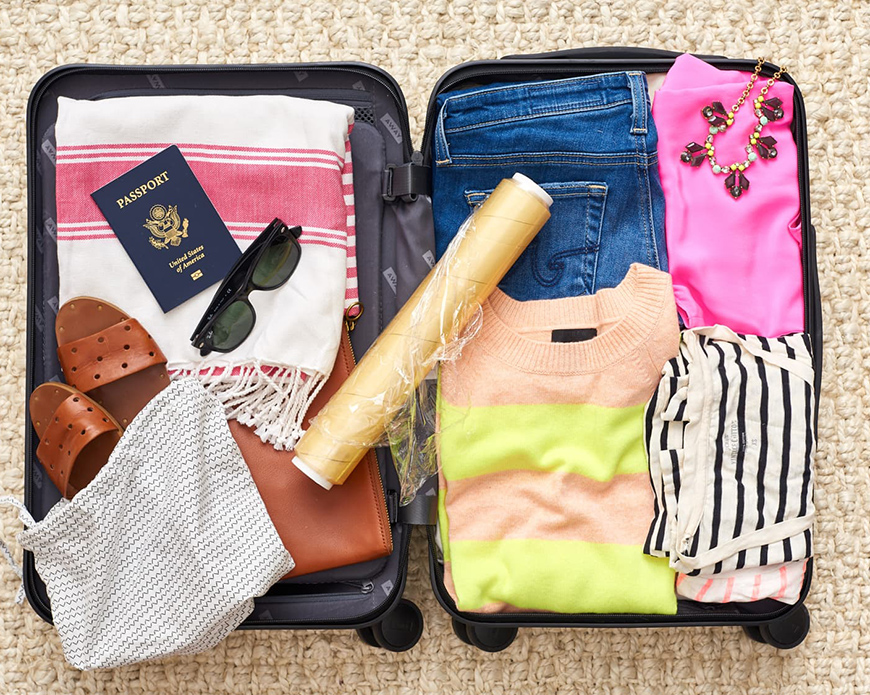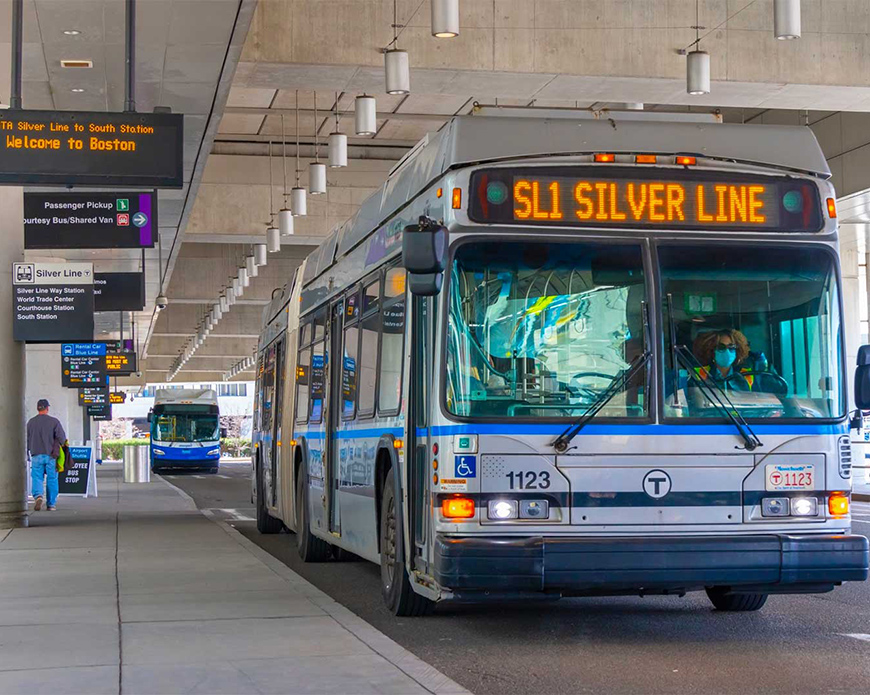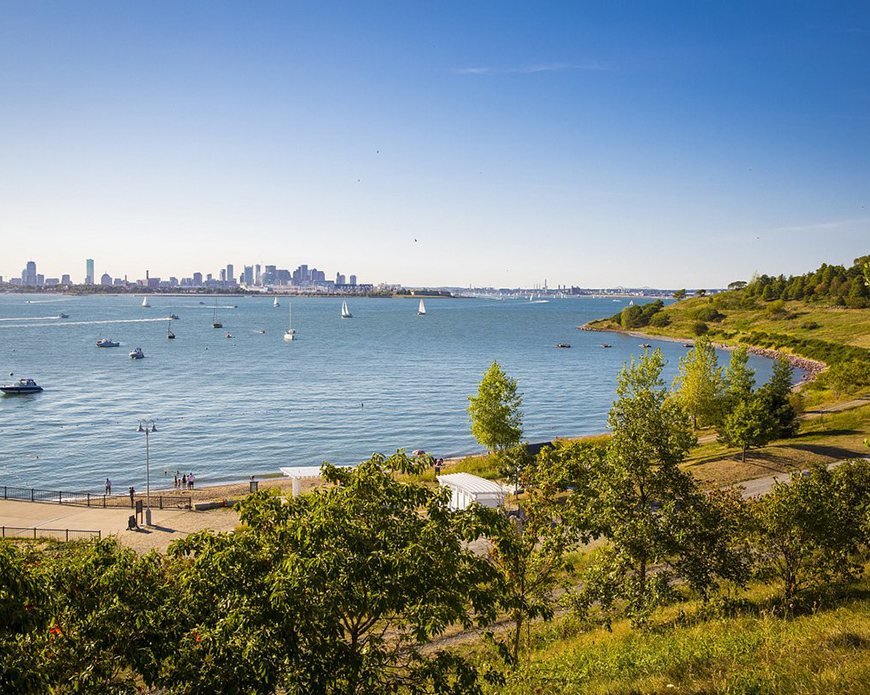I flew in excited for museums, monuments, and cherry blossoms—but within hours, I was rethinking what I packed, doubting my daily budget, and wishing I’d studied metro maps before landing. If you’re planning a trip to America’s capital, here’s everything I wish I had known in advance.
After decades of traveling and guiding others, I’ve realized that every city offers lessons best learned the hard way. For me, Washington, D.C. was no exception. I flew in excited for museums, monuments, and cherry blossoms—but within hours, I was rethinking what I packed, doubting my daily budget, and wishing I’d studied metro maps before landing. If you’re planning a trip to America’s capital, here’s everything I wish I had known in advance.
🧳 Travel Essentials: What to Pack and Why
When I was preparing for D.C., I packed for comfort—not realizing how varied the city’s terrain and climate can be. I’d recommend:
- A sturdy pair of walking shoes: From National Mall stone paths to Chinatown tiling, you’ll walk more than you think.
- Reusable water bottle and snack wraps: Museum cafés can be pricey and lines take time.
- Portable charger with built-in cables—lifesaver for day-long museum selfies and coworking in cafés.
- Weather-ready layers—D.C. swings from crisp early mornings to muggy afternoons. In April or October, a lightweight jacket was invaluable.
- Compact umbrella or rain shell, especially during spring rainfall or summer thunderstorms.
👕 What I Wore & Local Style Notes
D.C. locals dress comfortably yet polished; think smart-casual layers rather than gym gear or sun dresses alone. On the Metro during rush hour, business attire mixes with museum tourists. I regretted bringing ill‑fitting flip-flops after a long day on the Mall—opt for supportive barefoot-style sneakers instead.
☀️ Understanding Seasonal Weather
- Spring (March–May): unpredictable—temperatures from 46°F (8°C) to 75°F (24°C). Cherry blossoms peak early April; rain is frequent.
- Summer (June–August): muggy, hot, frequent thunderstorms; pack breathable clothing and stay hydrated.
- Fall (September–November): crisp and colorful; ideal for walking tours but watch for temperature swings.
- Winter (December–February): chilly to freezing, with occasional snowfall; coat and scarf essential.
My favorite visit was mid‑October—fewer crowds and golden leaves framing the monuments. But evening in the Potomac breeze demanded warm layers, even after sunny afternoons.
💰 Money Matters & Budgeting Tips
U.S. dollars are used across D.C.; most places accept credit/debit, but tipping is standard—15–20% at restaurants and cafés. I budgeted:
- Accommodation: Range from ~$120/night for modest hotels near Foggy Bottom to ~$250–350 for mid-range spots like Dupont Circle.
- Food: Breakfast from local bakeries: $5–6; lunch from food trucks or food halls: $10–15; dinners at casual yet well-reviewed spots: $20–35.
- Transport: A 7-day SmarTrip card with $30 loaded gave me unlimited Metro rides and occasional bus trips.
- Attractions: Many museums are free (most Smithsonian museums), though special exhibitions can run $15–25. Book ahead online to skip queues.
In total, a modest five-day budget with shared hostel/3-star lodging runs around $600–900; a more comfortable boutique stay or Airbnb can push closer to $1,200.
🚇 Navigating Public Transit: Metro, SmarTrip & Alternatives
I learned fast that the Metro is D.C.’s backbone—but there’s a learning curve.
- I picked up a SmarTrip card at a Metro station welcome desk and added $30. It covers Metro and DC bus fare. Rides cost $2.00–$3.85 depending on distance & time.
- The Metro system has six lines: Red, Blue, Orange, Silver, Yellow, and Green—each identified by color and endpoint stations. I missed my stop once because signage between transfer stations isn’t obvious.
- Peak vs off-peak fares matter: weekday rush (6–9:30 AM & 3–7 PM) costs more. Nights and weekends offer flat $2 fare.
- I found that walking between attractions near the Mall was often quicker than disembarking and re-boarding Metro for short hops.
- Ride-sharing is handy after 9 PM; Metro late-night services end around midnight on weekdays (some lines close earlier).

🍽️ Street Fare to Savor: What to Try & Where to Be Cautious
D.C.’s street food scene surprised me with affordable quality:
- Ben’s Chili Bowl (U Street): The iconic chili half-smoke costs about $7. I sat elbow-to-elbow with locals and tourists alike on a busy evening.
- Food trucks near the National Mall: Halal platters, veggie bowls, and tacos in the $8–12 range; pick carts that are clean and busy.
- Sweetgreen or Local Harvest markets: $10–12 for fresh grain bowls and juice—authentic, healthy fuel for museums.
- Union Market & Eastern Market stalls: Great for sampling miniature popsicles ($2) or artisanal chocolates.
Food hygiene pointers: choose vendors with consistent foot traffic, clearly displayed licenses, and visible preparation areas. I avoided meat skewers from random corner stalls unless they were hot, freshly cooked, and clearly regulated.
📞 Staying Connected: SIM Cards Made Simple
Once I arrived, I picked up a T-Mobile prepaid SIM kit at Union Station for about $35—includes 2GB data and unlimited texts/calls. The installation was quick and coverage was excellent across the Capitol’s interior. Verizon and AT&T offer similar plans at airport kiosks, but be sure your phone is unlocked before you buy.
📆 Sample 5‑Day D.C. Itinerary That I Followed
Day 1: National Mall & Monuments
- Morning: Reflect at Lincoln Memorial and Vietnam Veterans Memorial.
- Lunch: Food truck falafel near the Smithsonian.
- Afternoon: Walk past Washington Monument to the Smithsonian Castle.
- Evening: Walk about 3 blocks west for dinner in Penn Quarter (~$30 for a good bistro meal).
Day 2: Museum & Neighborhood Walks
- Morning: Whitney Museum of American Art (free).
- Afternoon: Lunch in Chinatown (dumplings ~$12), then stroll to Georgetown.
- Evening: Sunset boat from Georgetown waterfront (~$15). Dinner at a canal-side café.
Day 3: Smithsonian Day
- Visit Natural History, Air and Space, and American Indian Museums—all free.
- Late lunch at Union Market’s indoor vendors (~$15–20).
- Evening: Jazz performance at a U Street club (entry $10–15, drink extra).
Day 4: Capitol Hill & U Street
- Tour the U.S. Capitol (book free pass months ahead).
- Lunch at Ted’s Bulletin on 8th St. (~$20).
- Walk along historic U Street murals, check out Ben’s Chili Bowl.
Day 5: Day Trip to Mount Vernon
- Take the Alexandria DASH bus or rideshare (≈ $15) to George Washington’s Mount Vernon estate (~$20 entry).
- Afternoon: stroll Old Town Alexandria piers. Return to D.C. for a final dinner near Dupont Circle.
Optional bonuses: goodbye pot pie in The Line Hotel’s rooftop bar (~$25), or final dessert in a hot chocolate café near Farragut Square.
🧾 Essential Travel Insurance
I highly recommend SafetyWing Nomad Insurance, especially for solo travelers. It provides medical coverage, trip interruption, and COVID-related protection—runs around $1.10–1.40 per day in the U.S. Another solid choice is World Nomads Explorer Plan, which also covers personal gear, liability, and unexpected tour cancellations. I purchased SafetyWing online before departure, and the claim process was smooth when my hotel stay shifted mid‑trip.

Washington, D.C. surprised me in ways I never expected. I thought I’d walk away with memories of marble monuments and iconic portraits, but what truly stayed with me were the quieter, more personal moments. Like sipping a warm cardamom latte at a local bookstore café in Adams Morgan on a drizzly afternoon, or laughing with strangers while waiting in line for a food truck falafel near the Hirshhorn. It wasn’t just the landmarks—it was the layers of life between them that shaped my experience.
One thing I underestimated was how walkable the city is. Sure, the Metro is convenient, but the best parts of D.C.—especially around the Capitol Hill neighborhood or Georgetown—are best seen at a slower pace. I remember one crisp fall evening walking from the Library of Congress all the way to Eastern Market, just taking in the architecture, the street murals, and the golden leaves swirling at my feet. It was in that moment that I realized D.C. isn’t just a destination; it’s an unfolding story.
Another lesson? You don’t need a luxury budget to enjoy luxury experiences here. Free art galleries, public jazz concerts, beautiful riverside parks—all accessible without spending a dime. My favorite dinner during the whole trip was a $9 veggie curry bowl from Union Market, eaten on a bench while watching kids play with bubble wands in the sunset. Travel isn’t about price tags; it’s about presence.
And finally, I wish someone had told me not to try to do it all. D.C. has so much to offer, and yes, it’s tempting to fit in all the Smithsonian museums, the monuments, the memorials, and a side trip to Arlington. But the truth is, some of my best moments came from slowing down—like sitting quietly inside the National Gallery of Art’s rotunda, or browsing rare vinyl records in a tucked-away U Street shop.
So, if you’re planning your first visit to Washington, D.C., here’s my real advice:
Let go of your checklist. Wander on purpose. Stay curious. And leave room for magic.
Because Washington isn’t just a city of politics and power—it’s a city of stories. And the best ones are waiting just around the corner.




